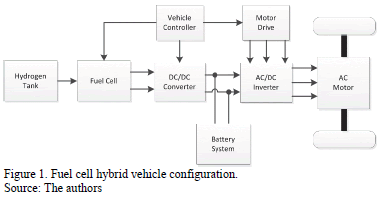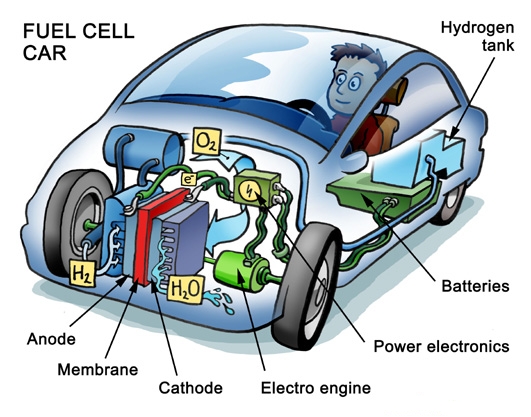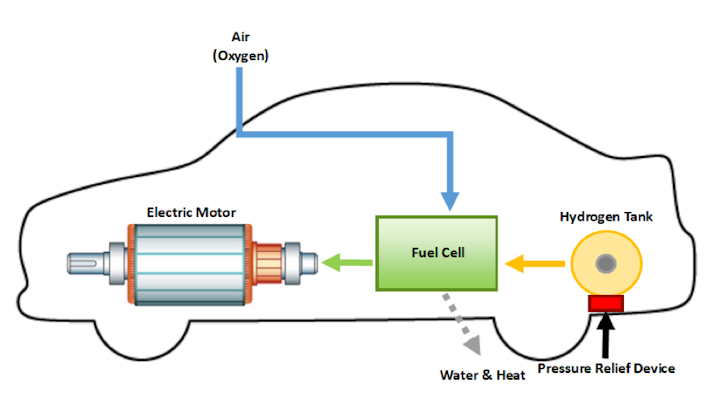Fuel Cell Electric Vehicle Block Diagram

The components of these systems are basically the same as those for the grid connected system except that the system serves independent loads and is not connected to the utility grid.
Fuel cell electric vehicle block diagram. A fuel cell vehicle fcv or fuel cell electric vehicle fcev is an electric vehicle that uses a fuel cell sometimes in combination with a small battery or supercapacitor to power its onboard electric motor fuel cells in vehicles generate electricity generally using oxygen from the air and compressed hydrogen most fuel cell vehicles are classified as zero emissions vehicles that emit only. A fuel cell is an electrochemical cell that converts the chemical energy of a fuel often hydrogen and an oxidizing agent often oxygen into electricity through a pair of redox reactions. Figures 2 and 3 show simplified block diagrams for a bev and a phev. Block diagram of a standalone fuel cell system is shown in figure 6 14.
The fuel cell is used in electric vehicles the most compelling reason is that fuel cell electric vehicles are electric drive vehicles as a source not only will have no exhaust pollution and can resolve the problem of depletion for oil stocks 3. Imagine the bms of a car that has to monitor around 7000 cell. Vital parts of an electric car. The battery pack is the fuel source of the car.
In contrast to other electric vehicles fcevs produce electricity using a fuel cell powered by hydrogen rather than drawing electricity from only a battery. During the vehicle design process the vehicle manufacturer defines the power of the vehicle by the size of the electric motor s that receive electric power from the appropriately sized fuel cell and battery combination. Fuel cells are different from most batteries in requiring a continuous source of fuel and oxygen usually from air to sustain the chemical reaction whereas in a battery the chemical energy usually comes.
















